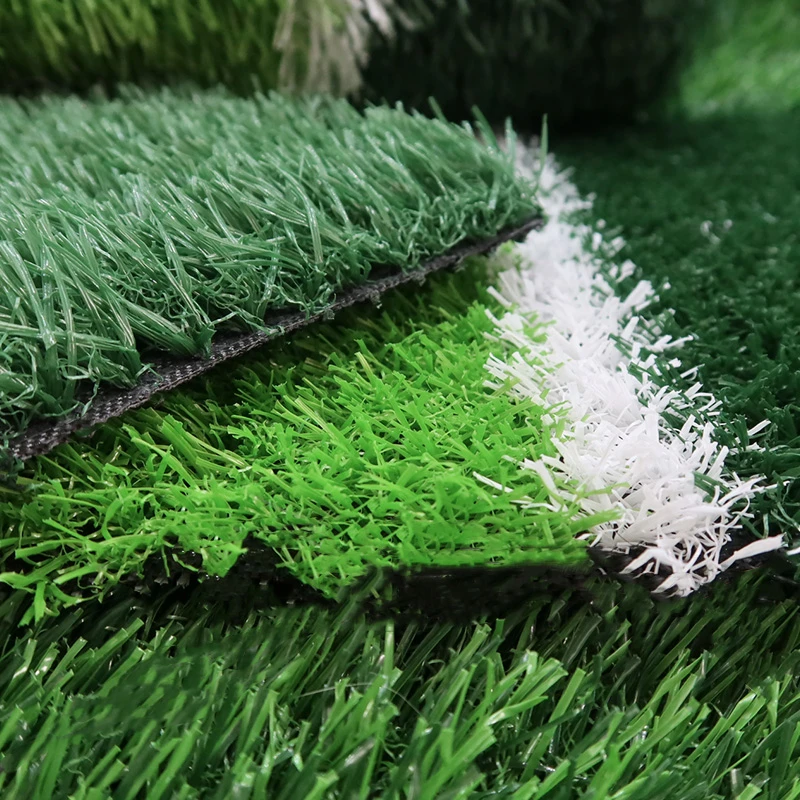
- Afrikaans
- Arabic
- Belarusian
- Bengali
- Czech
- Danish
- Dutch
- English
- Esperanto
- Estonian
- Finnish
- French
- German
- Greek
- Hindi
- Hungarian
- Icelandic
- Indonesian
- irish
- Italian
- Japanese
- kazakh
- Rwandese
- Korean
- Kyrgyz
- Lao
- Latin
- Latvian
- Malay
- Mongolian
- Myanmar
- Norwegian
- Persian
- Polish
- Portuguese
- Romanian
- Russian
- Serbian
- Spanish
- Swedish
- Tagalog
- Tajik
- Thai
- Turkish
- Turkmen
- Ukrainian
- Urdu
- Uighur
- Uzbek
- Vietnamese
Choosing the Best Synthetic Turf for Football Fields and Athletic Use
Nov . 08, 2024 10:45 Back to list
The Rise of Artificial Grass in Football
As the world of sports continues to evolve, one of the most significant advancements in recent years is the introduction and widespread adoption of artificial grass in football (or soccer, as it is known in some regions). Traditionally, natural grass has been the preferred playing surface for football matches, revered for its aesthetic appeal and historical significance. However, the shift towards artificial turf has gained momentum, thanks to its numerous benefits and the increasing demands of modern football.
Durability and Maintenance
One of the primary advantages of artificial grass is its durability. Unlike natural grass, which can suffer from wear and tear, particularly during harsh weather conditions or excessive use, artificial turf can withstand heavy foot traffic and adverse weather without deteriorating. This resilience is especially beneficial for clubs and schools that host numerous matches and training sessions throughout the year.
Moreover, artificial grass requires significantly less maintenance than its natural counterpart. Maintaining a natural grass pitch demands extensive resources, including regular mowing, watering, and fertilizing, as well as time spent on pest control and weed removal. In contrast, artificial turf needs minimal upkeep, usually requiring only occasional brushing and washing to remove debris, making it a cost-effective option in the long run.
Consistency and Safety
Artificial turf provides a consistent playing surface, which is crucial for high-level competition. The uniformity of the artificial grass allows players to predict ball movement more accurately, reducing the risk of unexpected bounces that can occur on uneven natural grass surfaces. This consistency not only enhances the quality of play but also contributes to player safety, as artificial fields are designed to minimize skidding and slipping.
Many modern artificial turfs are equipped with shock-absorbent technology, which helps reduce the impact on players' joints and decreases the likelihood of injuries. This aspect is particularly appealing for professional teams, as injuries can significantly impact a team’s performance and financial stability. Clubs are increasingly recognizing the importance of investing in quality playing surfaces that prioritize player health.
artificial grass football

Environmental Considerations
As awareness of environmental issues grows, the sustainability of artificial turf has come under scrutiny. However, proponents argue that the environmental footprint of artificial grass is less detrimental than that of maintaining natural lawns. Traditional grass fields require vast amounts of water, fertilizers, and pesticides, which can harm local ecosystems. Conversely, artificial grass does not need watering, and recent advancements in technology have led to the development of eco-friendly options made from recyclable materials.
Despite these benefits, it’s crucial for manufacturers to address concerns regarding the lifecycle of artificial ends, particularly regarding the heat they can retain and the potential microplastics released over time. Ongoing improvements are being made in creating sustainable options that mitigate these issues, making artificial grass a more environmentally friendly choice overall.
Global Acceptance and Future of Football
The acceptance of artificial grass in football has grown rapidly, with many professional leagues allowing its use. High-profile tournaments and national teams have also started utilizing synthetic pitches, recognizing their advantages in providing a stable and reliable playing surface. This trend indicates a significant shift in how the game is played and perceived.
Looking ahead, the future of football may increasingly involve artificial grass, especially as technology continues to enhance the realism and performance of synthetic pitches. As clubs and organizations invest in these surfaces, it is evident that artificial grass will play an essential role in the evolution of the sport.
In conclusion, the rise of artificial grass in football presents numerous benefits, from durability and maintenance to safety and environmental considerations. As the game continues to adapt to the demands of modern athletes and the environment, artificial turf stands out as a viable and beneficial alternative to natural grass, shaping the future of football for generations to come.
-
The Benefits of Artificial Turf for Indoors
NewsJul.15,2025
-
How Artificial Grass Suppliers Ensure Quality Products
NewsJul.15,2025
-
Artificial Grass and Pets: A Space for Relaxation
NewsJul.08,2025
-
Balcony & Outdoor Decoration with Artificial Grass
NewsJul.08,2025
-
Best Indoor Artificial Grass for Home
NewsJul.07,2025
-
Best Pet Turf for Dogs: Safe & Durable Artificial Grass Options
NewsJul.07,2025
Products categories









